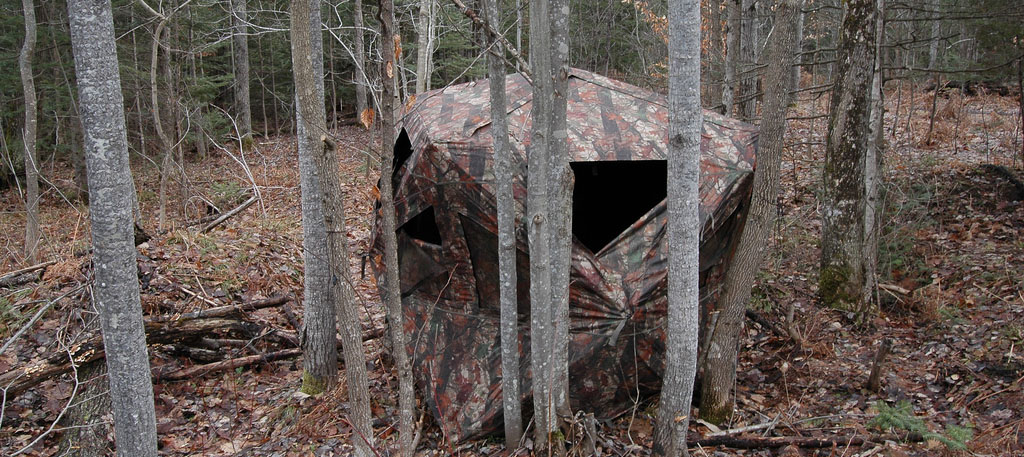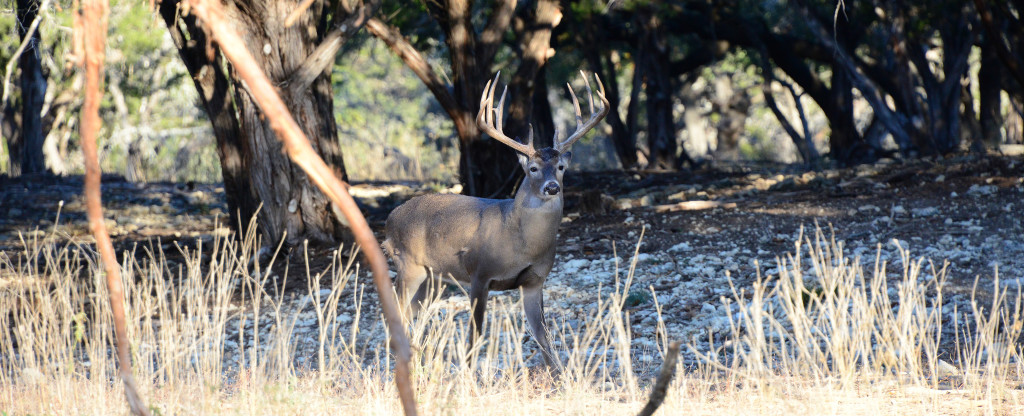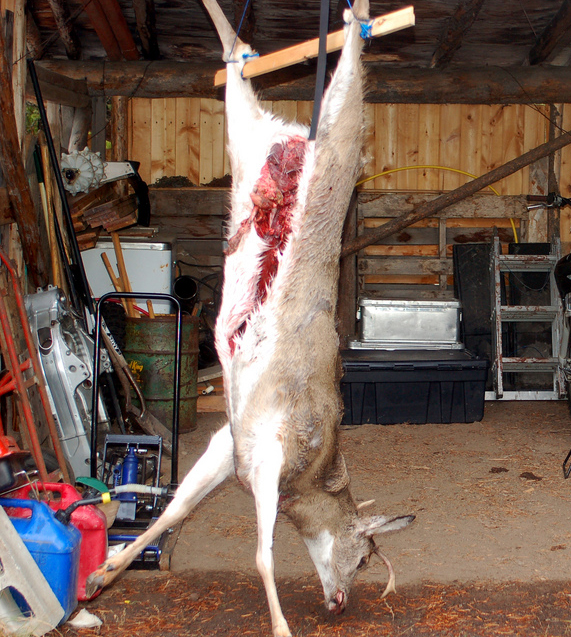Black tail deer and mule deer are both primarily found in the Western United States and Canada, on the west side of the continental divide. While the black tail is a subspecies of mule deer, there is a noticeable difference between the two. What is the comparison of black tails and mule deer?
Appearance
 Both black tails and mule deer have pelts that vary from brown to golden brown in the summer and grayish in the winter. However, the top of a mule deer’s tail is the same color as the sides and back of the pelt, down to a small, dark or black tip on the tail. In comparison, the top of a black tail’s tail, as the name implies, is almost entirely dark or black. The underside of the tail of both species is creamy colored to white, so there isn’t much of a comparison there. Black tails also tend to be a little darker than mule deer overall, regardless of the season.
Both black tails and mule deer have pelts that vary from brown to golden brown in the summer and grayish in the winter. However, the top of a mule deer’s tail is the same color as the sides and back of the pelt, down to a small, dark or black tip on the tail. In comparison, the top of a black tail’s tail, as the name implies, is almost entirely dark or black. The underside of the tail of both species is creamy colored to white, so there isn’t much of a comparison there. Black tails also tend to be a little darker than mule deer overall, regardless of the season.
Size
A mule deer is the largest deer in North America, not counting elk or moose, which are both deer species. If the mule deer buck is typical and healthy, he can weigh in excess of 300 pounds. They are also often nearly four feet tall at the shoulder and almost seven feet from the tip of the nose to the tip of the tail.
An average black tail buck, in comparison, is normally smaller. They seldom get heavier than 200 pounds, often less than this, and are generally a half a foot shorter and a foot less in length, even for large specimens. Black tails also aren’t usually as broad through the chest and front quarters as mule deer. The reason for this is the terrain they normally inhabit.
Location and Terrain
Mule deer are found nearly anywhere from the Rocky Mountains westward to the Cascade Mountains and from Southern California, Arizona and New Mexico all the way up into Canada and Alaska. In comparison, black tails have a much smaller range, being found primarily west of the Cascade summit. North and south, the range is much the same, but east to west, it isn’t.
Black tail deer are masters of the dense forests and rain forests found from the Cascades and Sierras to the coast. Their smaller size allows them to move through thick underbrush that a mule deer might not be able to negotiate easily.
Mule deer, on the other hand, are animals that are perfectly at home in open pine forests, sagebrush flats and dry desert country. Being larger than black tails, the open country allows them to move freely.
Flavor
 Many people maintain that black tail meat tastes better than mule deer meat. However, the flavor of the venison is mostly a feature of what the animals have been eating. If both have been feeding in alfalfa fields, the venison is likely to taste the same, regardless of species.
Many people maintain that black tail meat tastes better than mule deer meat. However, the flavor of the venison is mostly a feature of what the animals have been eating. If both have been feeding in alfalfa fields, the venison is likely to taste the same, regardless of species.
All of that said, a comparison can be made in regard to the flavor of black tail and mule deer. Since mule deer are much more likely to feed on sagebrush and rabbit-brush, the meat can be a little bitter or strong. Black tails, living on the side of the mountains that usually gets the most rain and has the mildest temperatures, tend to eat plants that are more succulent. This can make black tail meat taste sweeter and milder, in comparison to mule deer. Naturally, this is a general flavor comparison since black tails might eat sagebrush on occasion and mule deer enjoy succulent plants, too.
In a comparison of black tails and mule deer, it is easy to see that there is a difference, even though the black tail is a sub-species of mule deer. The most obvious difference, though, is that if you hunt on the west side of the Cascades and Sierras, you are more likely to encounter black tails. If you hunt on the east side, chances are that if you are fortunate enough to bring home a venison, it will probably be a mule deer.
Images by Rex Trulove, tutorbydeb, Neal Herbert and Drewbonics




